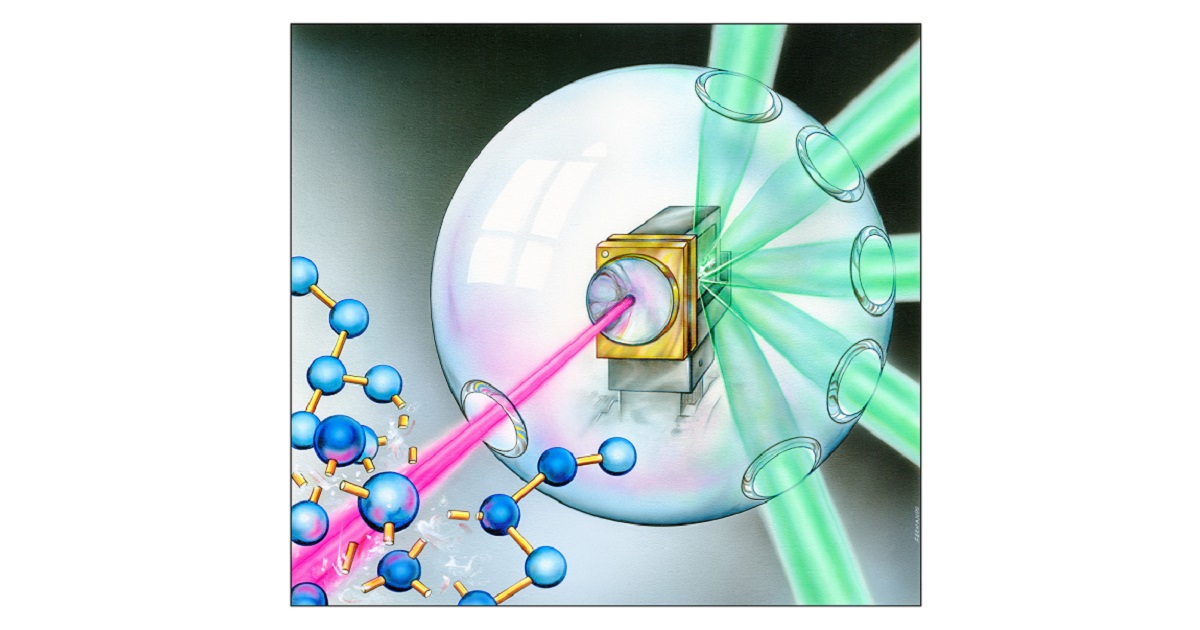Chemical Consequences of XUV/X-ray Laser-matter Interactions
A special issue of Molecules (ISSN 1420-3049). This special issue belongs to the section "Physical Chemistry".
Deadline for manuscript submissions: closed (15 October 2022) | Viewed by 4353

Special Issue Editor
Interests: various physical and chemical phenomena induced by XUV/x-ray lasers; laser-produced plasmas (incl. laser-plasma chemistry); high-power laser systems
Special Issue Information
Dear Colleagues,
This Special Issue is intended to shed light on chemical changes initiated by extreme ultraviolet, soft X-ray, and X-ray lasers and other sources delivering intense short-wavelength electromagnetic radiation. Starting from a brief history of short-wavelength lasers and early attempts to use them in the molecular sciences, a broad overview of the current status of such research will be provided in the issue to reveal and estimate a potential of these new sources in radiation chemistry, molecular radiation biophysics, and related disciplines of radiation and molecular sciences.
Dr. Libor Juha
Guest Editor
Manuscript Submission Information
Manuscripts should be submitted online at www.mdpi.com by registering and logging in to this website. Once you are registered, click here to go to the submission form. Manuscripts can be submitted until the deadline. All submissions that pass pre-check are peer-reviewed. Accepted papers will be published continuously in the journal (as soon as accepted) and will be listed together on the special issue website. Research articles, review articles as well as short communications are invited. For planned papers, a title and short abstract (about 100 words) can be sent to the Editorial Office for announcement on this website.
Submitted manuscripts should not have been published previously, nor be under consideration for publication elsewhere (except conference proceedings papers). All manuscripts are thoroughly refereed through a single-blind peer-review process. A guide for authors and other relevant information for submission of manuscripts is available on the Instructions for Authors page. Molecules is an international peer-reviewed open access semimonthly journal published by MDPI.
Please visit the Instructions for Authors page before submitting a manuscript. The Article Processing Charge (APC) for publication in this open access journal is 2700 CHF (Swiss Francs). Submitted papers should be well formatted and use good English. Authors may use MDPI's English editing service prior to publication or during author revisions.
Keywords
- extreme ultraviolet laser
- x-ray laser
- free-electron laser
- capillary-discharge laser
- photo-ionization
- photo-effect
- radiation chemistry
- radiation damage
- molecular solids
- atomic, molecular, and cluster beams
- molecular radiobiology
- ultra-fast phenomena in molecules






